Kettlebell Training for Youth Athletes
Youth Athletes With Kettlebells
by Pamela MacElree of www.KettlebellAthletics.com
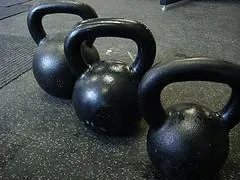
There really are hundreds of ways to train youth athletes, all the way from traditional weight lifting to strongman training, and everywhere in between. Some programs focus strictly on gaining mass, some focus entirely on sport specific practice, some can’t get enough speed and agility, and others have no real basis at all. Implementing kettlebell training into a youth training program has a variety of complimentary benefits to existing programs.
1. Limited equipment Often times equipment can be limited in the weight room, but when implementing kettlebell training with youth athletes it’s very easy to have 2-4 athletes train on one kettlebell in multiple small groups. This is also another way to add team building into a training program.
2. Fresh air Kettlebell training can certainly be taken outside. It’s the perfect reason to train outdoors but not necessarily touch on sport specific practice on the field.
3. Ease of implementation Much of Kettlebell training is based off of Olympic Weight lifting variations, but with slightly less technical requirements. Kettlebell training also requires less flexibility than what is sometimes required in Olympic Weight lifting.
4. Cost This is a big factor, especially when dealing with limited school budgets.
For the cost of one machine, many kettlebells can be purchased for training, allowing multiple youth athletes to train at one time.
5. Fun Kettlebell training is fun. Plain and simple, no explanation needed.
These a just a few examples of why it’d be beneficial to integrate Kettlebell training into an older youth training program.
This is really just the introduction to youth Kettlebell training, there are far more topics to explore such athletic development, power endurance training, general fitness, and the list goes on.
Going forward I’ll be addressing each of these topics individually.
In the mean time if there’s something specific you want to know, let me know, and I’ll get the information to you.
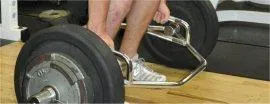
High School Strength Coach Certification
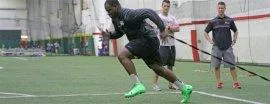
Certified Speed & Agility Specialist
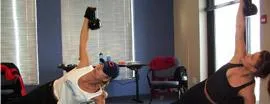
Kettlebell Instructor Course
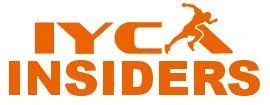
IYCA Insiders - Exclusive Access
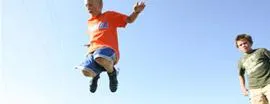
Youth Fitness Specialist Certification
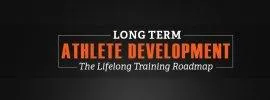
Long Term Athlete Development

Youth Nutrition Specialist Certification

Copyright © 2008 - 2025 International Youth Coaching Association. All Rights Reserved
|
|

